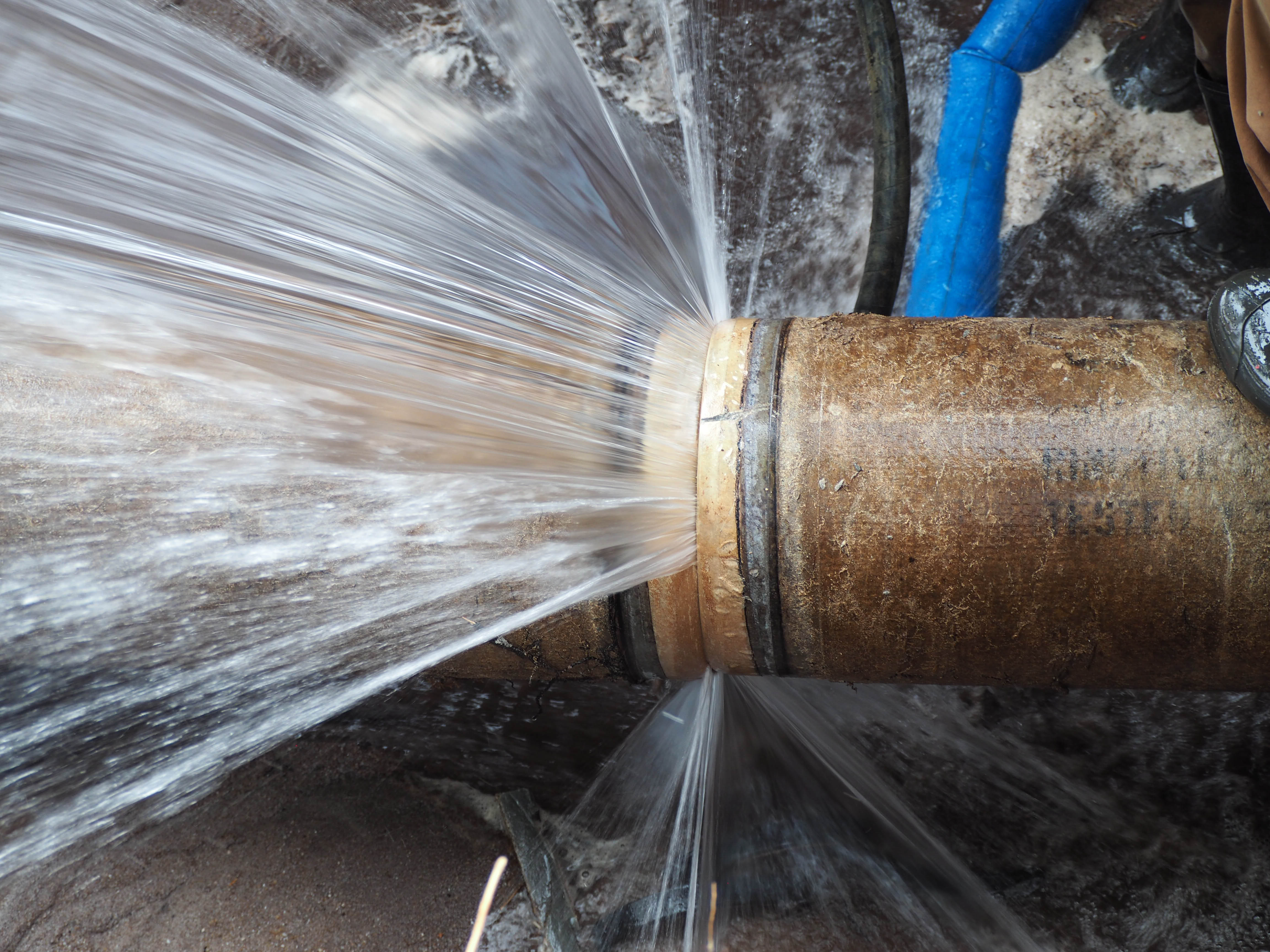Protect Against Frozen Plumbing in Cold Weather: Expert Strategies
Protect Against Frozen Plumbing in Cold Weather: Expert Strategies
Blog Article
Each person may have their unique way of thinking in relation to Prevent Frozen Pipes .

Winter can wreak havoc on your plumbing, especially by freezing pipes. Right here's how to avoid it from taking place and what to do if it does.
Introduction
As temperatures decline, the danger of icy pipelines increases, possibly resulting in pricey repairs and water damages. Understanding how to avoid icy pipelines is essential for property owners in chilly climates.
Recognizing Icy Pipelines
What creates pipes to ice up?
Pipelines ice up when exposed to temperatures below 32 ° F (0 ° C) for expanded periods. As water inside the pipelines freezes, it expands, taxing the pipeline walls and potentially creating them to burst.
Dangers and damages
Icy pipelines can cause supply of water disturbances, home damages, and pricey repairs. Burst pipes can flood homes and cause comprehensive architectural damages.
Indicators of Frozen Pipes
Identifying icy pipes early can stop them from bursting.
How to determine frozen pipes
Seek reduced water flow from faucets, uncommon smells or noises from pipelines, and visible frost on subjected pipelines.
Prevention Tips
Insulating susceptible pipelines
Wrap pipes in insulation sleeves or utilize warm tape to safeguard them from freezing temperatures. Concentrate on pipes in unheated or outside locations of the home.
Heating strategies
Maintain interior spaces properly warmed, particularly areas with plumbing. Open up cupboard doors to allow warm air to flow around pipelines under sinks.
Shielding Outside Pipes
Garden tubes and outdoor taps
Separate and drain garden pipes prior to winter months. Set up frost-proof faucets or cover outside taps with protected caps.
What to Do If Your Pipes Freeze
Immediate activities to take
If you suspect icy pipes, keep faucets open up to soothe pressure as the ice thaws. Utilize a hairdryer or towels taken in warm water to thaw pipes gradually.
Long-Term Solutions
Architectural modifications
Take into consideration rerouting pipelines far from outside wall surfaces or unheated areas. Include additional insulation to attics, basements, and crawl spaces.
Upgrading insulation
Purchase high-quality insulation for pipes, attic rooms, and walls. Proper insulation aids keep regular temperatures and decreases the danger of frozen pipelines.
Conclusion
Protecting against frozen pipes calls for positive steps and quick feedbacks. By comprehending the causes, indicators, and safety nets, property owners can shield their plumbing throughout winter.
6 Proven Ways to Prevent Frozen Pipes and Protect Your Home
Disconnect and Drain Garden Hoses
Before winter arrives, start by disconnecting your garden hoses and draining any remaining water. Close the shut-off valves that supply outdoor hose bibs and leave the outdoor faucet open to allow any residual water to drain. For extra protection, consider using faucet covers throughout the colder months. It’s also important to drain water from any sprinkler supply lines following the manufacturer’s directions.
Insulate Exposed Pipes
Insulating your pipes is an effective way to prevent freezing. Pipe insulation is readily available at home improvement stores and is relatively inexpensive. Pay close attention to pipes in unheated areas such as the attic, basement, crawl spaces, or garage. Apply foam insulation generously to create a buffer against the cold. You can also wrap your pipes in heat tape or thermostat-controlled heat cables for added warmth.
Seal Air Leaks
Inspect your home for any cracks or openings that could let in cold air. Seal any holes around the piping in interior or exterior walls, as well as the sill plates where your home rests on its foundation. Additionally, make sure to keep your garage door closed unless you’re entering or exiting. Leaving it open creates a significant air leak that can lead to frozen pipes.
Allow Warm Air Circulation
During cold snaps, it’s essential to allow warm air to circulate evenly throughout your home. Leave interior doors ajar to promote better airflow. Open kitchen and bathroom cabinets to help distribute heat consistently around the rooms. If you have small children or pets, be sure to remove any household chemicals or potentially harmful cleaners from open cabinets for safety.
Let Faucets Drip
A small trickle of water can make a big difference in preventing ice formation inside your pipes. When temperatures drop significantly, start a drip of water from all faucets served by exposed pipes. This continuous flow helps prevent the water from freezing. Additionally, running a few faucets slightly can relieve pressure inside the pipes, reducing the chances of a rupture if the water inside does freeze.
https://choateshvac.com/6-proven-ways-to-prevent-frozen-pipes-and-protect-your-home/

We hope you enjoyed our piece on Helpful Tips to Prevent Frozen Pipes this Winter. Thank you for spending some time to read through our posting. Feel free to take the opportunity to promote this entry if you enjoyed reading it. We cherish reading our article about Prevent Frozen Pipes .
More Details Report this page